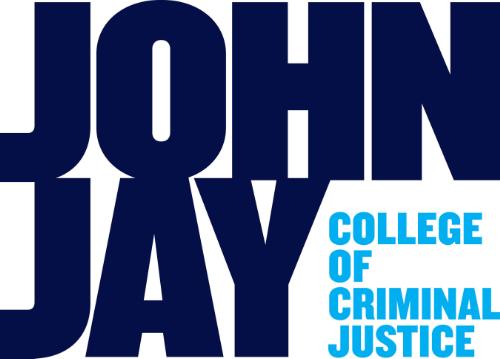
Publications and Research
Document Type
Working Paper
Publication Date
10-2013
Abstract
There is increasing attention being paid to better understanding and consequently decreasing the incidence of on-the-job injuries and deaths within the fire service across North America. Heightening situational awareness is being explored as the most critical factor in maintaining the safety of participants in high risk, low frequency events. Situational awareness is generally defined as “understanding the current environment and being able to accurately anticipate future problems to enable effective action”. Situational awareness is cited as a critical factor in most research exploring safety in fire suppression activities and in many cases the “No. 1 factor identified by firefighters filing near-miss reports”. An analysis of 955 near-miss reports highlights that 91% of those reports identified SA as a contributing factor in the near-miss event. In order for firefighters’ situational awareness to be developed it must be understood within the culture of the fire service.
There is some evidence to indicate that some of the more foundational aspects of fire service culture may in fact impede the development of situational awareness. In particular, it is critical to explore how the following four dimensions support a more meaningful understanding of situational awareness: high-reliability context, hyper-masculine orientation, hero orientation and veteran-centric milieu. Within this type of discussion of situational awareness there is an opportunity to develop and evaluate a training and educational model focused on enhancing effective decision-making in high-risk events within and outside the fire service.


Comments
Originally published online by RaCERS: The Christian Regenhard Center for Emergency Response Studies. John Jay College of Criminal Justice of the City University of New York. Working paper 09-02.